
Maria Island National Park is located off the east coast of Tasmania, Australia. It's about 4 km offshore from the town of Triabunna.
Here's some more information about Maria Island National Park:
1. **Geography**: Maria Island National Park encompasses the entire Maria Island, which is about 115 square kilometers in size. The island features a diverse landscape, including rugged cliffs, sandy beaches, woodlands, and mountains.
2. **Wildlife**: The national park is known for its abundant wildlife, including native animals such as kangaroos, wallabies, wombats, and Tasmanian devils. It's also a haven for birdwatchers, with over 100 bird species recorded on the island.
3. **History**: Maria Island has a rich history, with evidence of Aboriginal occupation dating back thousands of years. In the 19th century, it served as a penal colony for convicts, and remnants of convict settlements can still be seen today, including the historic Darlington Probation Station.
4. **Activities**: Visitors to Maria Island National Park can enjoy a range of outdoor activities, including bushwalking, camping, birdwatching, snorkeling, and cycling. There are several walking tracks and scenic spots to explore, offering stunning views of the island's natural beauty.
5. **Access**: Access to Maria Island is by ferry from the town of Triabunna on the Tasmanian mainland. The ferry trip takes about 30 minutes, and visitors can choose to explore the island independently or join guided tours offered by local operators.
Overall, Maria Island National Park is a popular destination for nature lovers and history enthusiasts alike, offering a unique blend of natural beauty and cultural heritage.
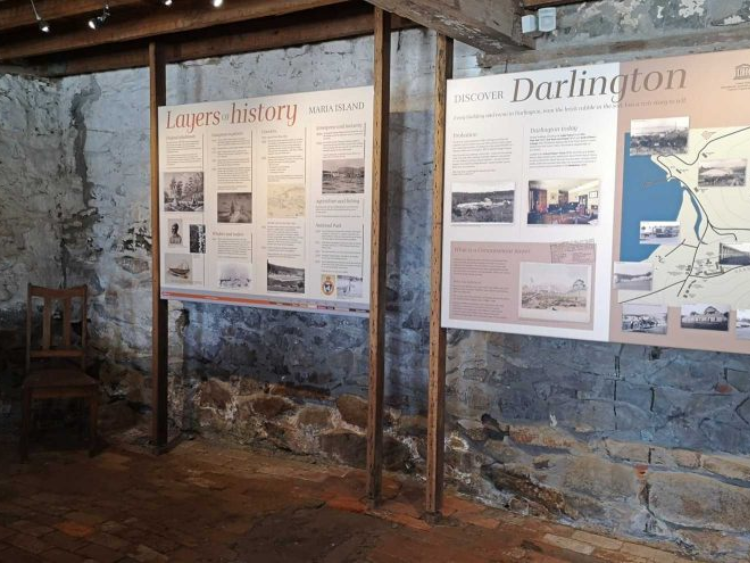
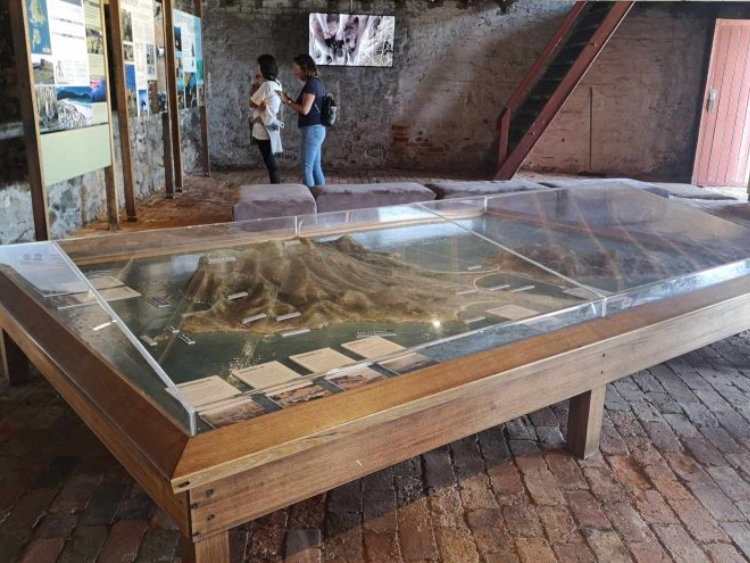

Maria Island National Park was established in 1972. It was declared a national park to protect its diverse ecosystems, rich wildlife, and historical significance.
The establishment of Maria Island National Park and its significance:
1. **Conservation Efforts**: The establishment of Maria Island National Park in 1972 marked a significant milestone in conservation efforts in Tasmania. The park was created to protect the island's unique natural and cultural heritage, including its diverse flora and fauna, as well as its convict-era historical sites.
2. **World Heritage Listing**: Maria Island, along with other convict sites in Tasmania, was inscribed on the UNESCO World Heritage List in 2010 as part of the Australian Convict Sites World Heritage property. This recognition highlights the island's importance in Australia's colonial history and its contribution to the understanding of global convict history.
3. **Visitor Experience**: Since its establishment, Maria Island National Park has become a popular destination for tourists seeking outdoor adventures, wildlife encounters, and historical insights. Visitors can explore the island's scenic landscapes, hike its trails, camp overnight, and learn about its convict past through guided tours and interpretive signage.
4. **Biodiversity**: The national park is renowned for its biodiversity, with a wide variety of plant and animal species found in its habitats. The island's isolation has allowed for the preservation of several endemic species, making it an important area for conservation and research.
5. **Management**: The Tasmanian Parks and Wildlife Service manages Maria Island National Park, overseeing conservation efforts, visitor facilities, and educational programs. Management strategies aim to balance conservation goals with sustainable tourism and recreation, ensuring the long-term protection of the island's natural and cultural values.
Overall, Maria Island National Park is a popular destination for nature lovers and history enthusiasts alike, offering a unique blend of natural beauty and cultural heritage.

Maria Island National Park was not "invented" by a single individual. Instead, it was established through the efforts of various government agencies, conservationists, and stakeholders who recognized the importance of preserving the island's natural and cultural heritage. The decision to create the national park was likely influenced by a combination of factors, including the need for conservation of Tasmania's unique ecosystems, the desire to protect historically significant sites, and the growing interest in promoting sustainable tourism.

Maria Island was named by the French explorer, Captain Nicolas Baudin, who visited the island in 1802 during his expedition to map the southern coast of Australia. He named it "Ăle Maria" in honor of Maria, the wife of the expedition's naturalist, François PĂ©ron.
The name "Maria Island" was subsequently adopted and has been used since then to refer to the island. When the island was established as a national park in 1972, the name "Maria Island National Park" was chosen to reflect its historical significance and to highlight its status as a protected area within Tasmania's conservation system.
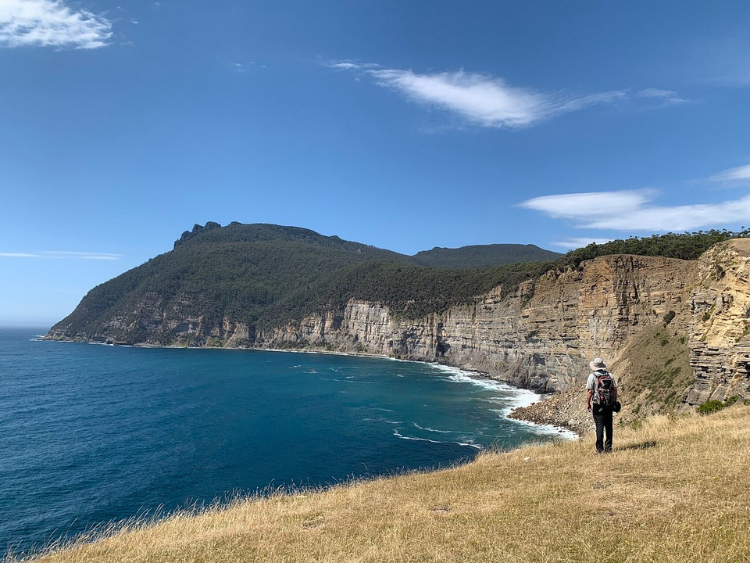
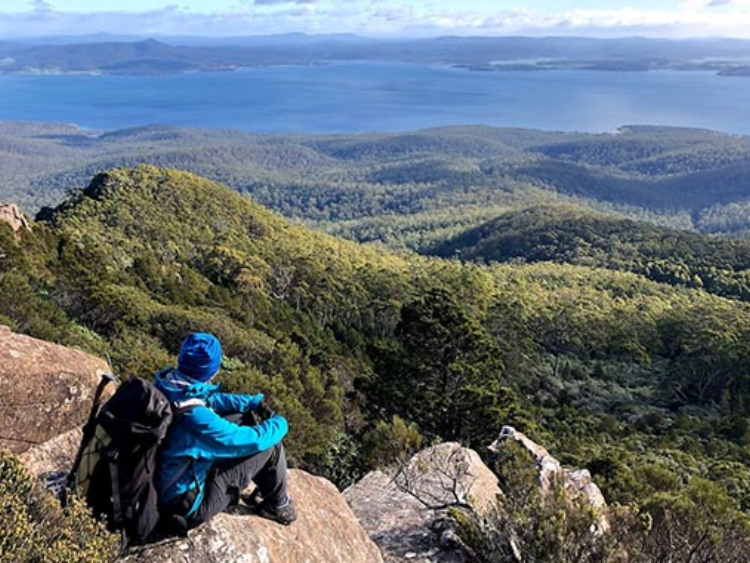

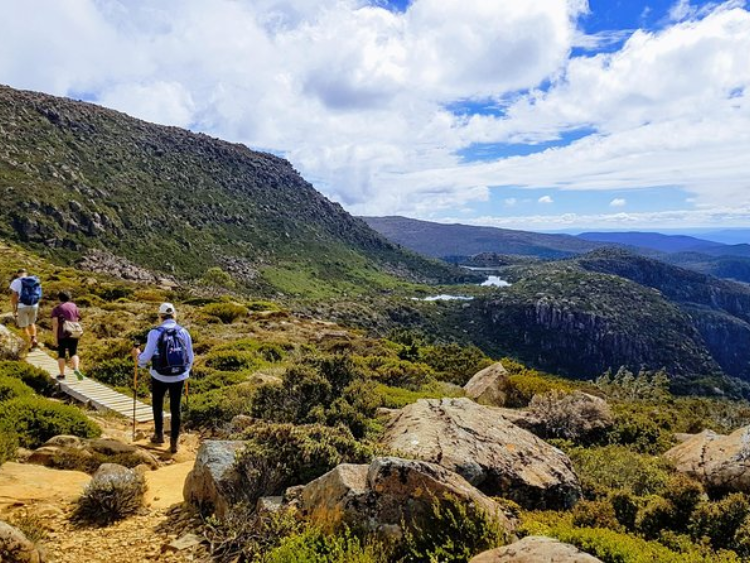
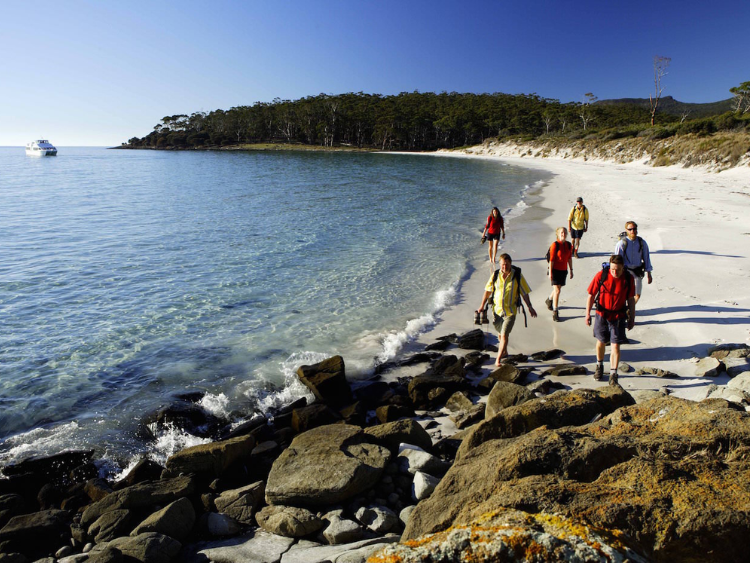
Maria Island National Park is an ideal destination for hiking lovers for several reasons:
1. **Scenic Trails**: The island boasts a network of well-maintained hiking trails that wind through diverse landscapes, including pristine beaches, rugged cliffs, eucalypt forests, and open grasslands. These trails offer hikers the opportunity to explore the island's natural beauty and discover its hidden gems.
2. **Varied Terrain**: Hiking on Maria Island offers a variety of terrain, from easy coastal walks to more challenging mountain climbs. Whether you're looking for a leisurely stroll or a strenuous trek, there's a trail suited to every fitness level and interest.
3. **Abundant Wildlife**: As you hike through Maria Island National Park, you're likely to encounter a wealth of wildlife, including kangaroos, wallabies, wombats, Tasmanian devils, and a variety of bird species. The island's remote location and protected status make it a haven for wildlife enthusiasts.
4. **Historical Sites**: In addition to its natural attractions, Maria Island is home to fascinating historical sites dating back to its days as a convict settlement in the 19th century. Hikers can explore convict ruins, old buildings, and interpretive signage that provide insights into the island's convict past.
5. **Spectacular Views**: From the summit of Mount Maria or the cliffs overlooking the Tasman Sea, hikers are rewarded with breathtaking panoramic views of the surrounding landscape. These scenic vantage points offer a perfect opportunity to pause, take in the scenery, and capture memorable photographs.
6. **Remote and Peaceful**: Despite its popularity, Maria Island National Park retains a sense of remoteness and tranquility that appeals to hikers seeking an escape from the hustle and bustle of everyday life. The island's remote location and limited development ensure a peaceful and immersive hiking experience.
Overall, Maria Island National Park offers hiking lovers a perfect blend of natural beauty, wildlife encounters, historical intrigue, and solitude, making it a must-visit destination for outdoor enthusiasts.
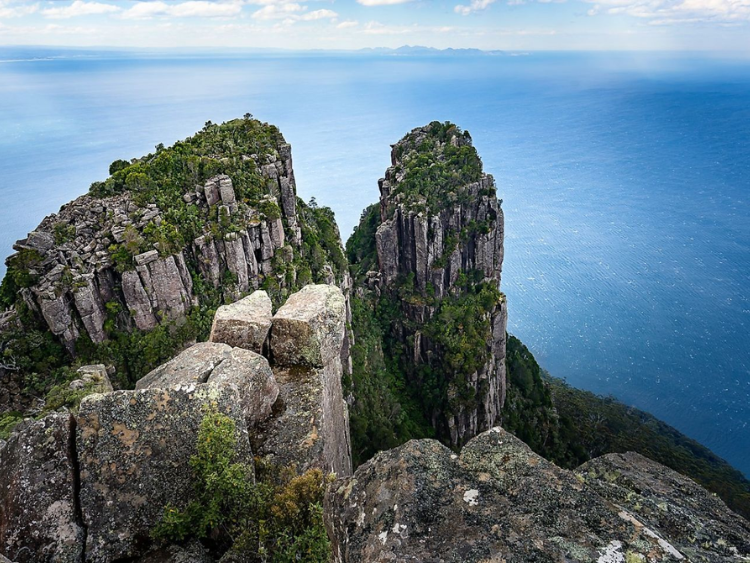

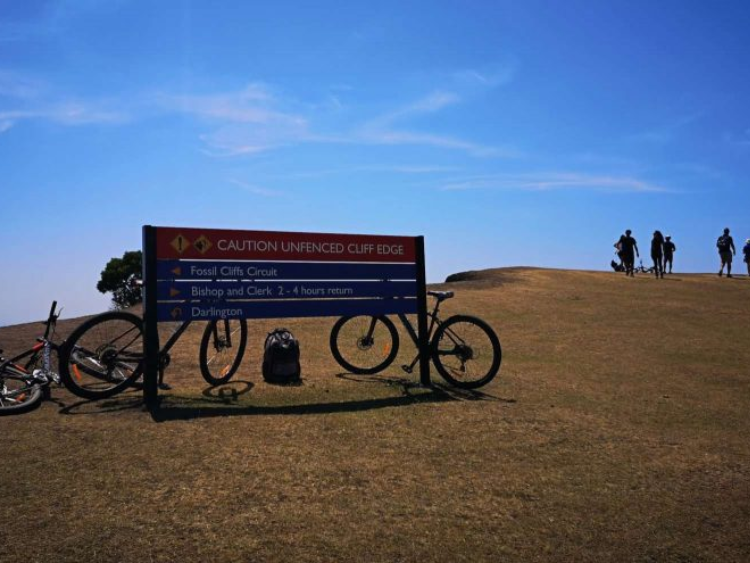


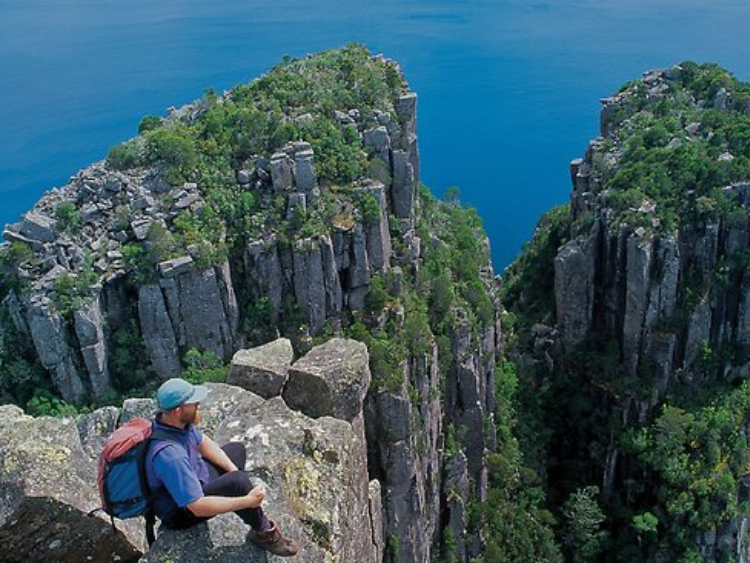
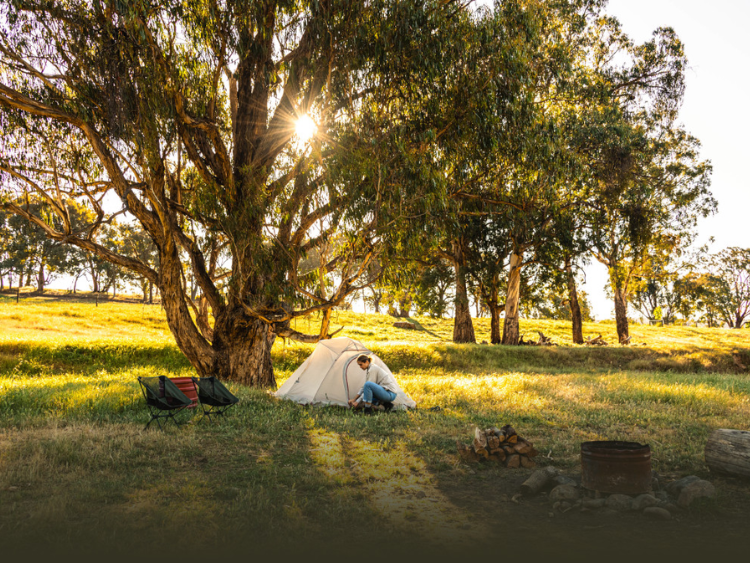
While Maria Island National Park can be enjoyed for hiking year-round, the best time for hiking may depend on your preferences and what you hope to experience:
1. **Spring (September to November)**: Spring brings mild temperatures and blooming wildflowers, making it an excellent time for hiking. The weather is generally pleasant, and the island's landscapes come alive with color, offering picturesque views along the trails.
2. **Summer (December to February)**: Summer is the peak tourist season in Tasmania, including Maria Island National Park. While the weather is typically warm and dry, the island can become crowded with visitors. However, early mornings and late afternoons can still provide quieter hiking opportunities.
3. **Autumn (March to May)**: Autumn is another fantastic time for hiking, with cooler temperatures and fewer crowds compared to summer. The island's foliage may start to change color, creating a beautiful backdrop for your hikes. Wildlife sightings are also common during this time.
4. **Winter (June to August)**: Winter brings cooler temperatures and increased rainfall to Maria Island. While hiking during this time can be challenging due to wet and muddy trails, it can also offer a unique experience for those seeking solitude and dramatic coastal scenery. It's essential to come prepared with appropriate clothing and gear for the colder conditions.
Ultimately, the best time for hiking in Maria Island National Park depends on your preferences for weather, crowds, and the type of scenery you wish to experience. Regardless of the season, always check the weather forecast and trail conditions before heading out for a hike.